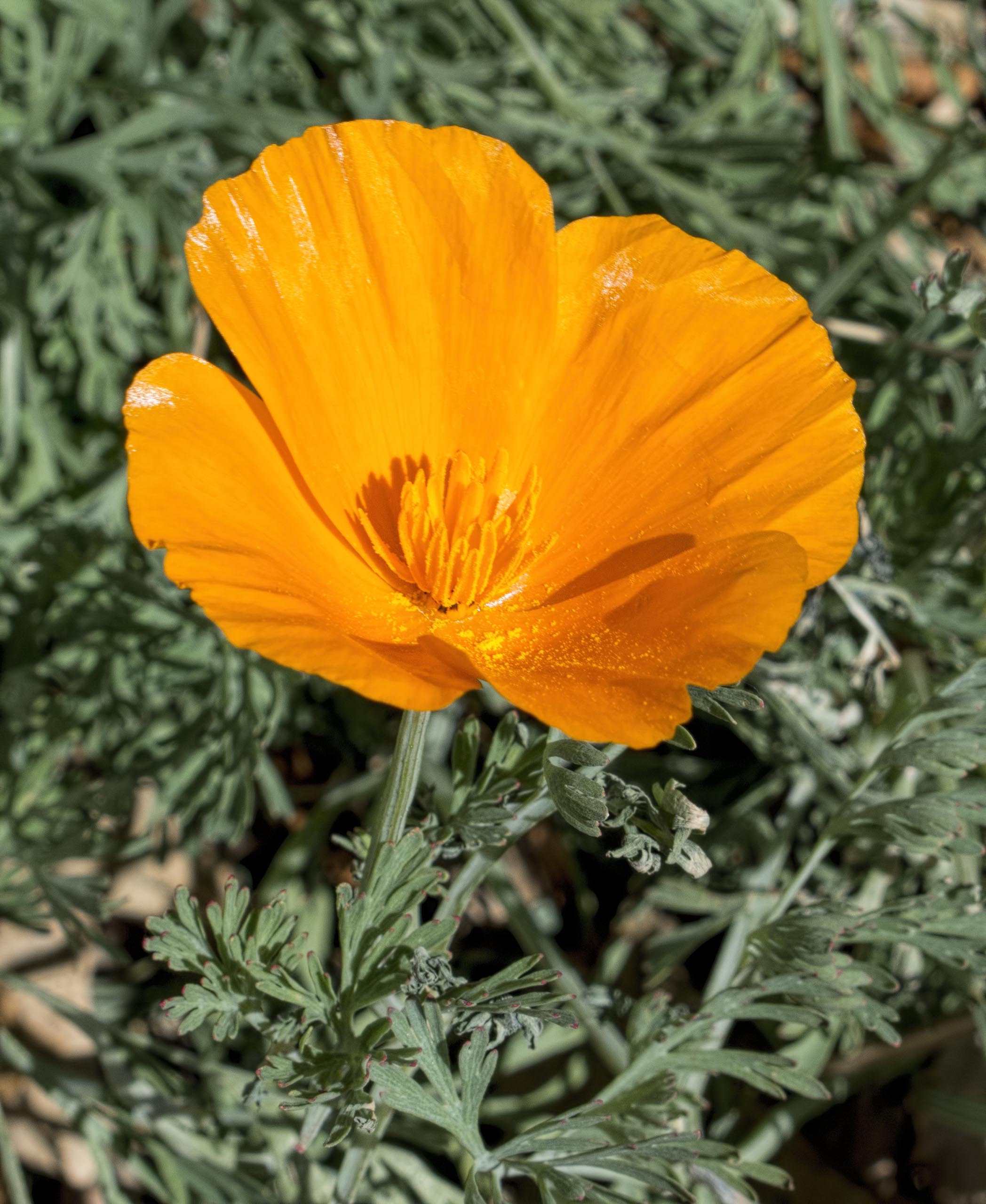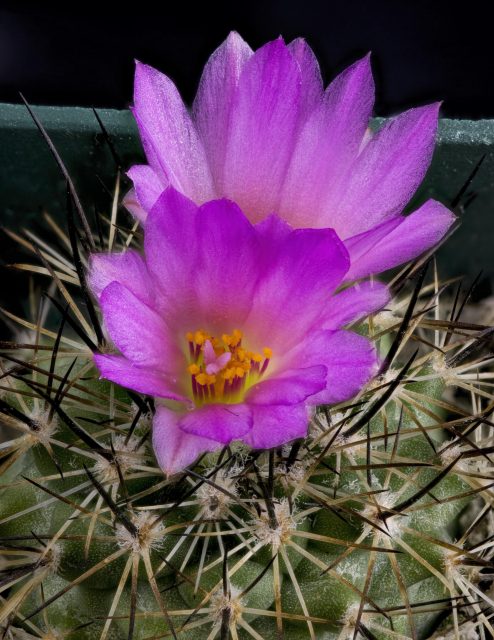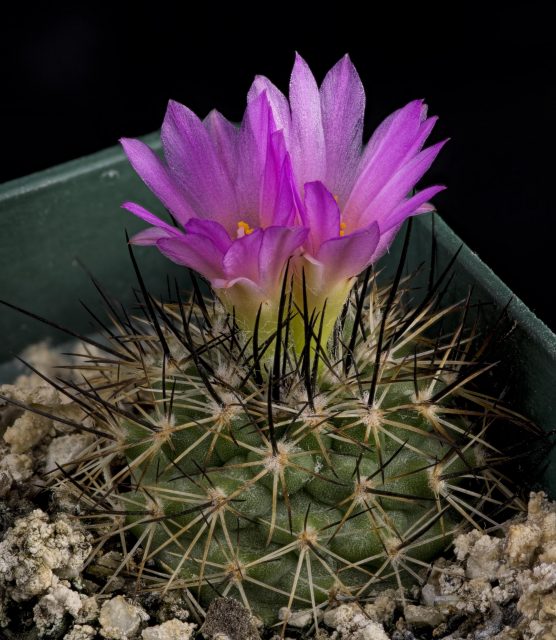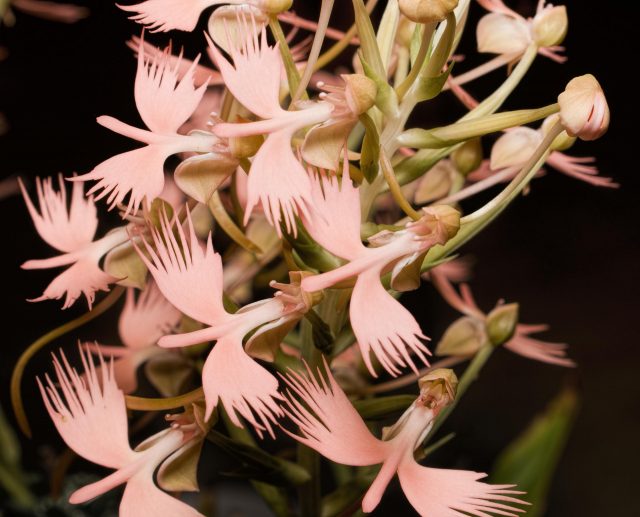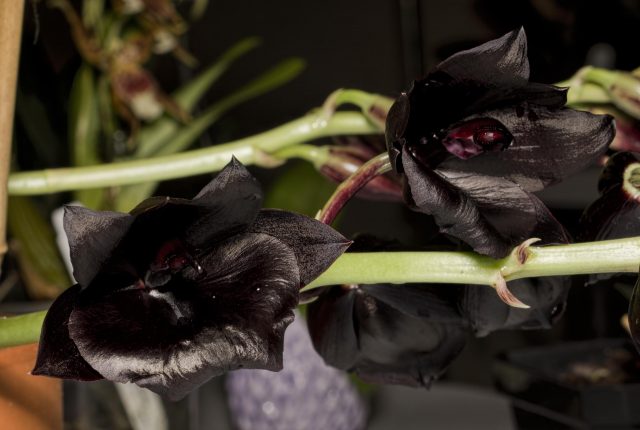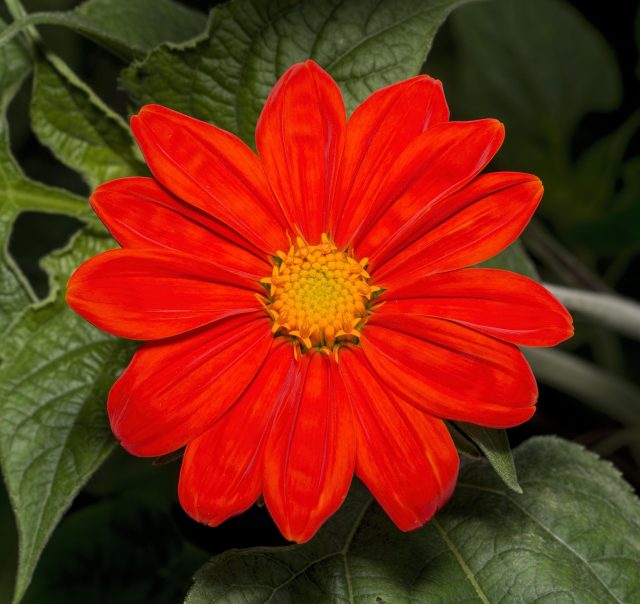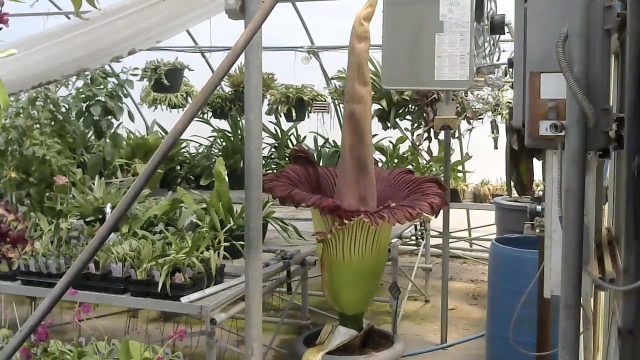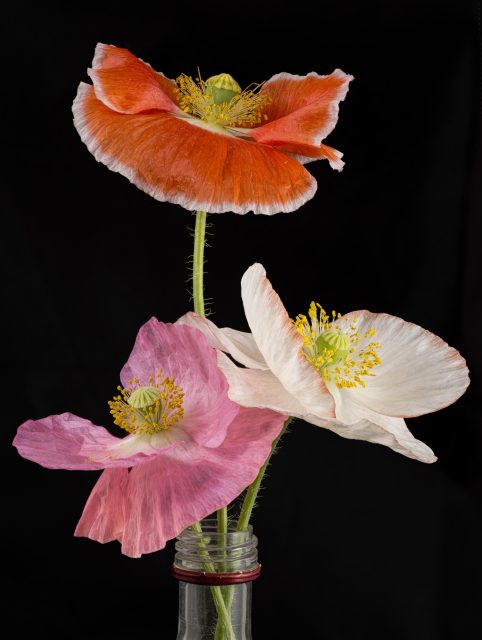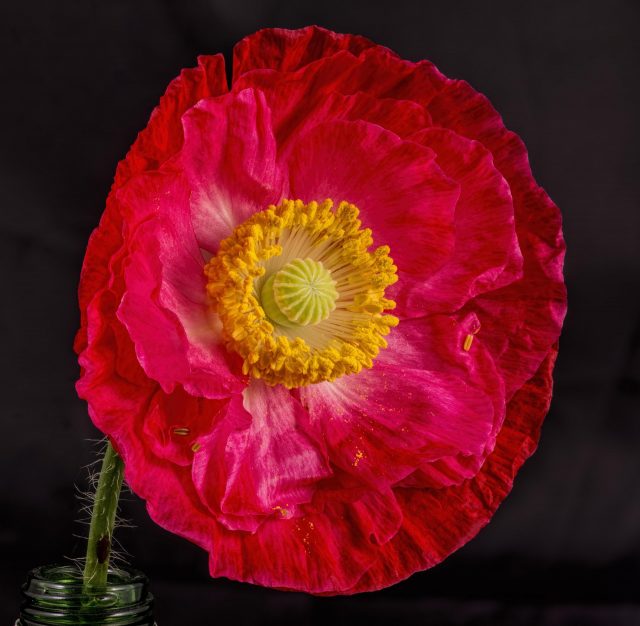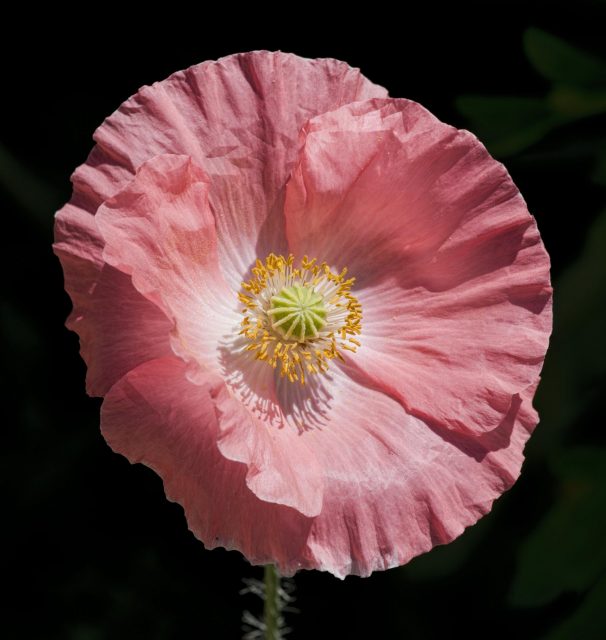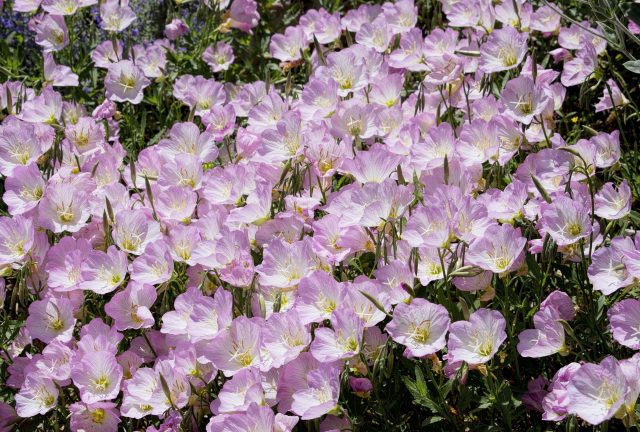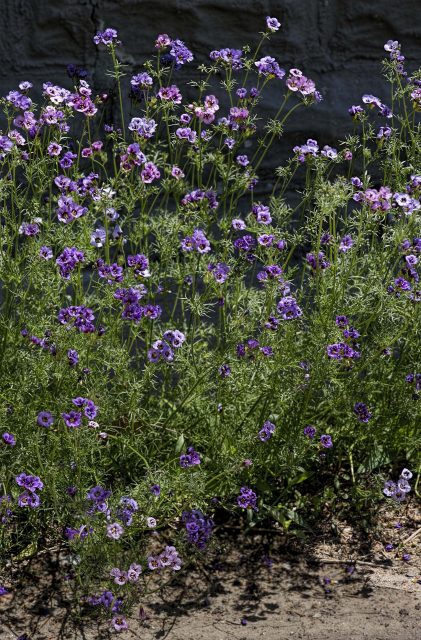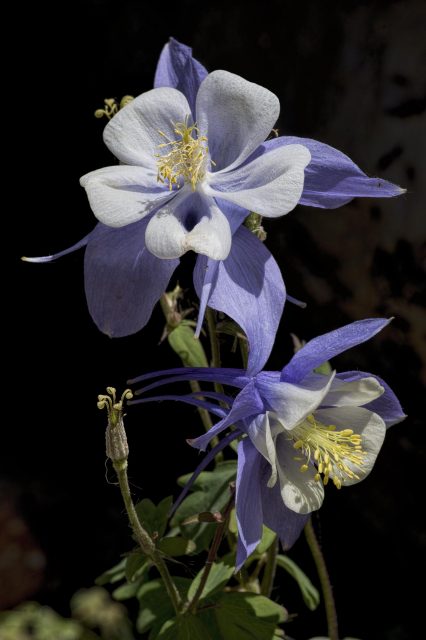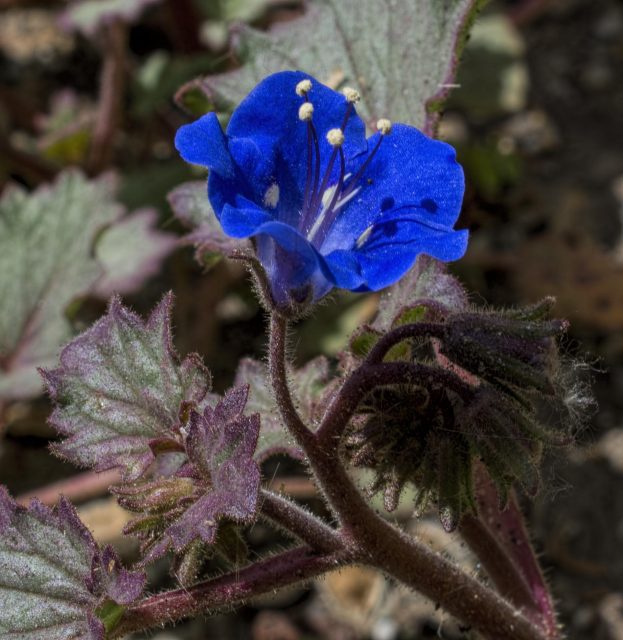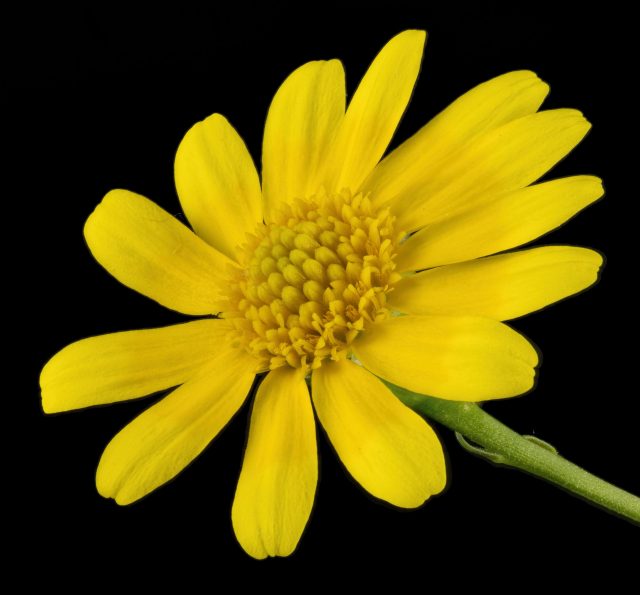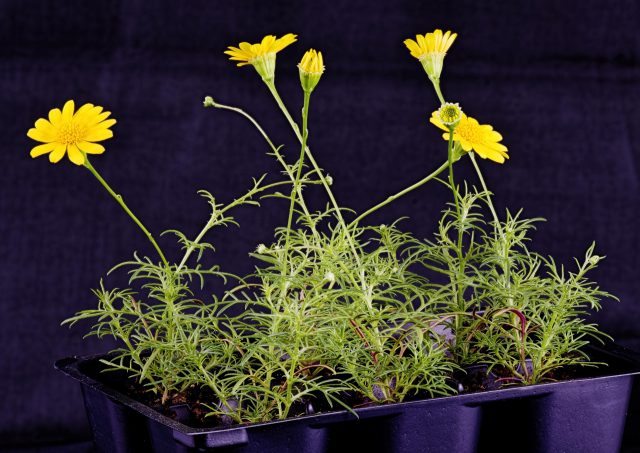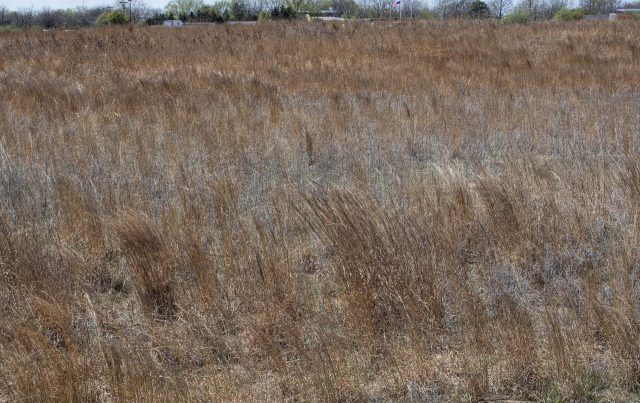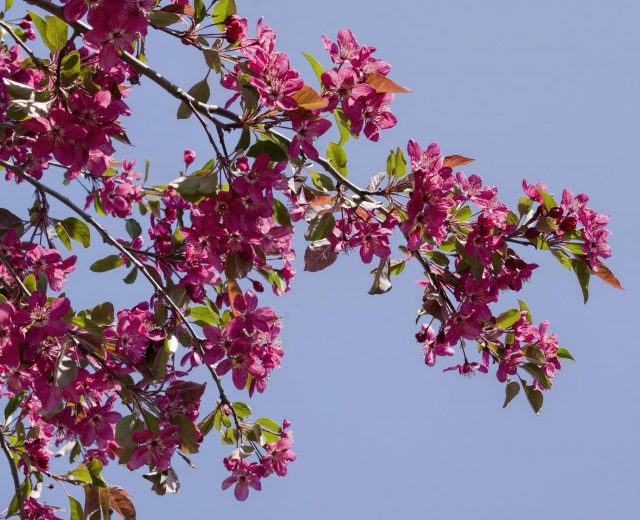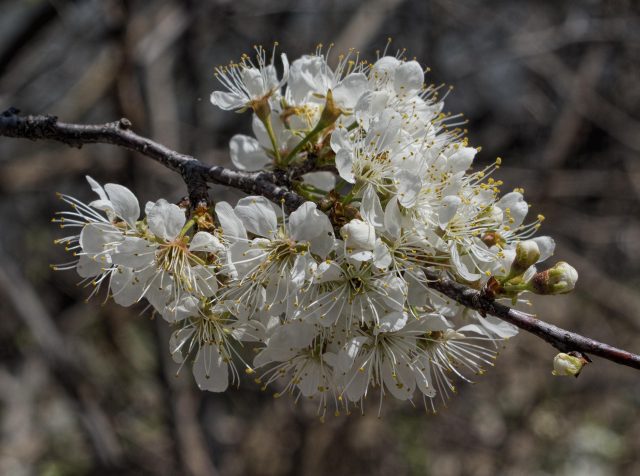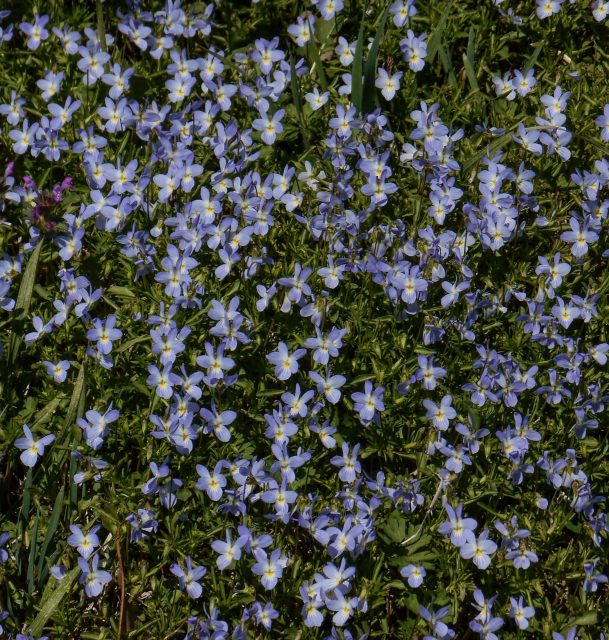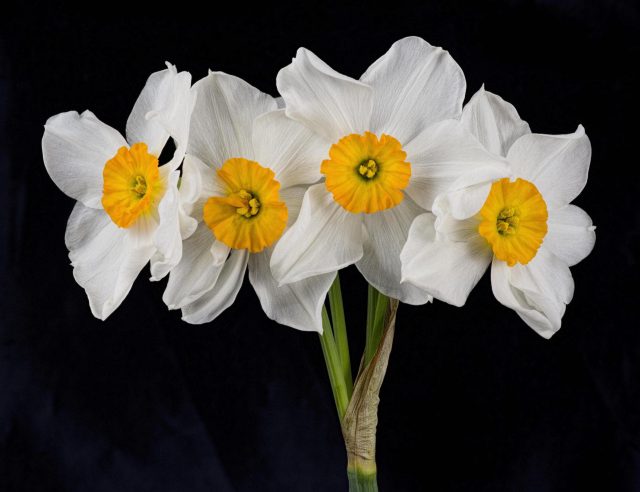December arrived last week and wiped out most of the garden outside. The weather has since reverted back to October, and it turned out that the cold and snow barely touched the California poppies. They started blooming back in the middle of May, over five months ago. After their big display in May and June, and unlike the rest of the hardy annuals which faded out in the summer heat, they kept going and have always had a few blossoms open. Not even the snow and ice a week ago stopped them. There’s mild fall weather scheduled for the rest of the week, so there should be color for a little while yet.
Category: Botany
Pink surprise
I wasn’t expecting much action from my cacti until things warm up again in the spring, but the Turbinicarpus roseiflorus that I started from seed a few years ago popped out a couple of flowers this week. It’s a small plant, slightly over an inch in diameter, exclusive of spines.
Both photos are stacked-focus, the one above compiled from 40 separate images. As usual, click the pictures to see them larger and with better color. Open in a new window for maximum detail.
Pink and black
The orchid above is a form of Habenaria Jiaho Yellow Bird. Evidently the color is variable. I photographed it at the monthly orchid society meeting this week.
There were also a few Catasetinae with dark flowers. The darkest was the multigeneric hybrid Monnierara Millennium Magic “Witchcraft”, above, which is such a deep burgundy-maroon that it can be called black. The flowers were just starting to open when I took the picture, and they ought to be flatter when fully open. (It’s a recent hybrid, and probably not the source of Basil St. John’s black orchid serum. My best guess is that his orchid was an obscure Dendrobium.)
There are many more pictures from the meeting here.
Synantherology
Something stinks…
Garden report
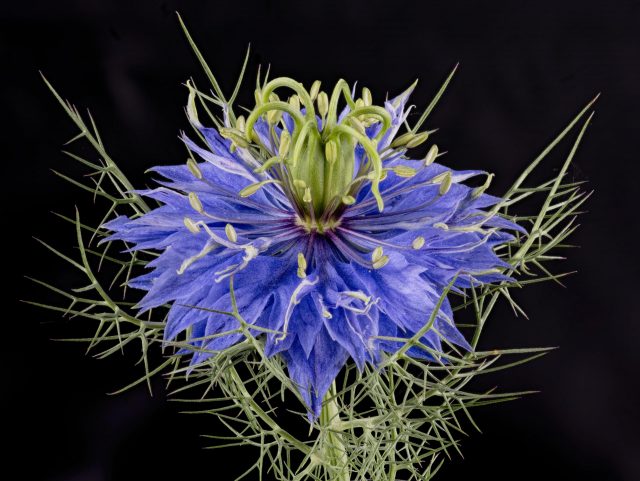
The last of the hardy annuals have finally bloomed — disappointingly, I’m afraid. The Nigella damascena flowers are pleasingly complicated and alien-looking, but nearly all of them are either white or blue. Blues are always welcome, but the package promised purples and reds as well. At least a third of them are single, and Nigella is one instance where double flowers are preferable. It’s probably time for the seed producers to re-select their stock.
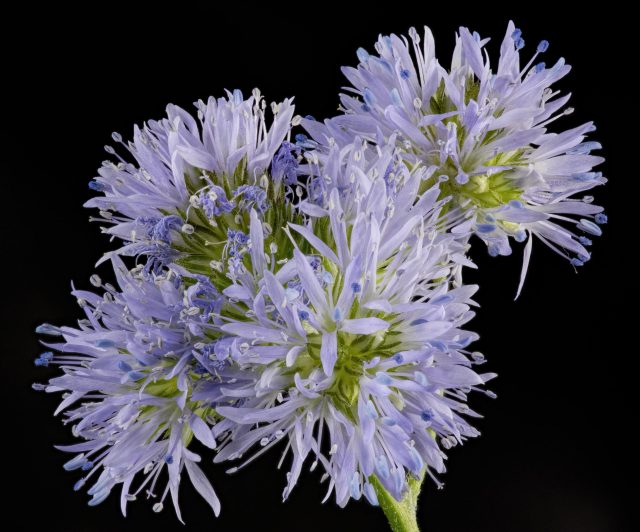
Gilia capitata has small clusters of washed-out blue flowers atop tall, thin plants. The inflorescence above is about two inches across; the individual clusters are less than an inch in diameter. The package claims that it will bloom into October. We’ll see. Possibly shearing back the plants after the initial flowering will induce greater bushiness. G. capitata is a widespread plant with a number of subspecies. I suspect I have the the most common and least interesting form. If I grow it again, I’ll purchase my seeds from a different source.
The Shirley poppies, Papaver rhoeas, are pretty much done. They might have lasted longer were it not for the large mammals that obliviously walked through them or drove into them. I might be able to get another week’s worth of color from the smaller planting out of traffic in front of the house.
For those keeping score, here’s a recap. Most of these were sown at the end of February.
Phacelia campanularia was first to bloom, with flowers of intense blue starting near the end of April on plants six inches to a foot tall.
Gilia tricolor followed shortly after with flowers in shades from violet to white on plants about a foot tall. These allegedly smell like chocolate, but I never detected any fragrance.
Eschscholzia californica was next, in the middle of May. (These were sown around the middle of March.)
Centaurea cyanus followed in the last week of the month.
P. rhoeas began blooming at the end of May.
Each of these bloomed for roughly a month, the Phacelia a little longer, the poppies probably a week less. I expect that I’ll get at least another two weeks of bloom from the Centaurea, Nigella and G. capitata. After that, I’ll be relying on the Mexican and south-western annuals — Zinnia, Cosmos, Tithonia, Thymophylla — for color.
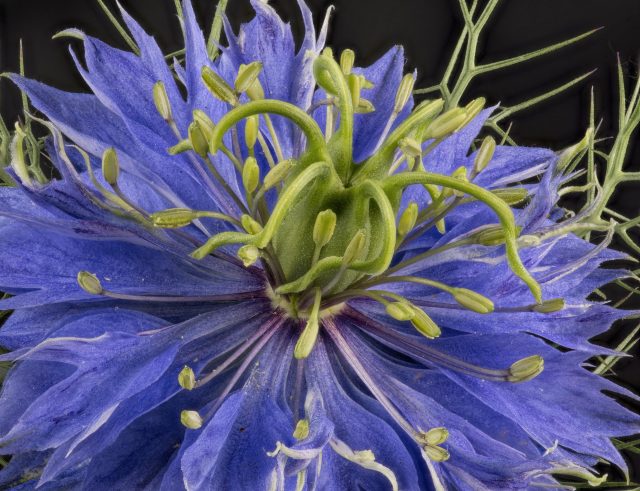
Papaver rhoeas
Now for something less depressing. Here are some more poppies that haven’t yet been flattened by irresponsible drivers and other large mammals.
First poppy of the year
True Papaver poppy, that is. The California poppies have been putting on a brilliant show for a couple of weeks now.
(There should have been poppies already, but the main patch is along an alley, and some jackass driver flattened a swath of them earlier this week.)
In the pink
The botanical garden finally (partly) reopened today after a two-month hiatus. I spent the afternoon there taking hundreds of pictures. It’s going to take me a while to process them all. Here’s Oenothera speciosa for now. There will be more soon.
***
The close-ups I’ve posted of Gilia tricolor don’t really show what the plant looks like. This should give you a better idea of how it grows in cultivation. It’s roughly a foot tall.
Good things from California
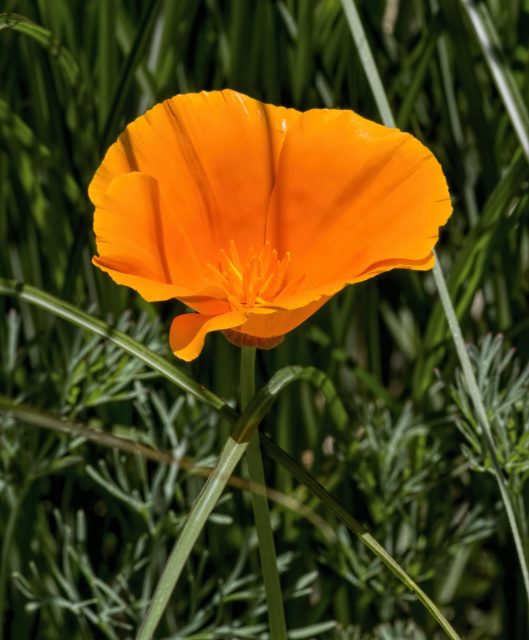
The incessant thunderstorms have paused for the moment, and the sun actually came out from behind the clouds, so I grabbed my camera for a few more snapshots. The focus today is on Eschscholzia californica and Gilia tricolor. (Phacelia campanularia is blooming profusely, but the flowers have been battered by the storms and aren’t presentable for closeups.)
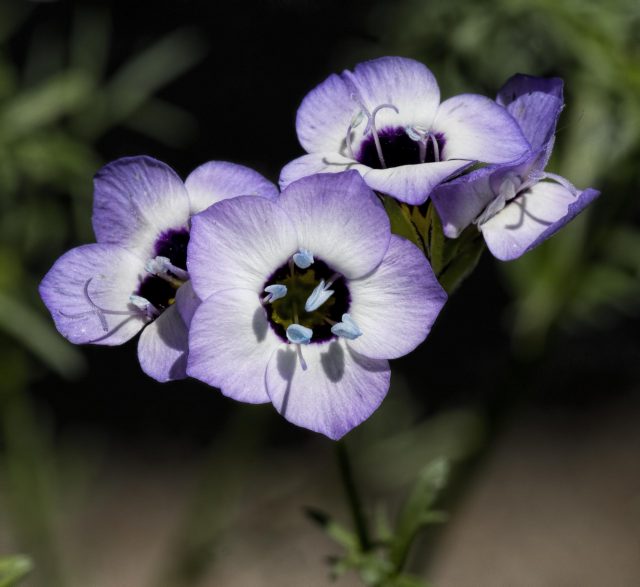
As always, click on a picture to see it larger and with better color. The individual Gilia blossoms are three-eighths to one-half inch in diameter.
Blue pollen
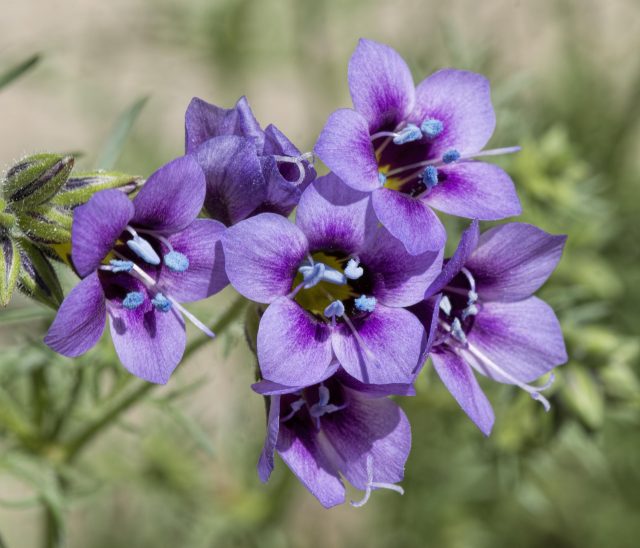
The botanical garden remains closed, so we’ll have to make do with my own garden again today. Fortunately, the hardy annuals1 are getting down to business.
More colors
The botanical garden is still closed, so let’s see what I can find in the neighborhood. How about a columbine?
Got the blues…
Early yellow
The plants I started under the lights last month are more than ready to go outside. Unfortunately, the weather keeps cycling back to March, and there danger of frost yet again through Friday. Some plants, like the Dahlberg daisy (Thymophylla tenuiloba), are already in flower in my kitchen. The color is nice, but they really should be in the ground now. The flower above is not quite an inch across. As always, click on the pictures to see them larger and with proper color.
Nothing’s happening at the zoo…
… ’cause it’s closed.
We had a couple days of fine May weather this week, and I took advantage of them. Wednesday I rode my bike out northwest to the zoo. The zoo itself was closed, of course, but that didn’t matter; I was more interested to see what signs of spring were evident in the area. There was less color than I had hoped. If you like shades of brown, the unmown field east of the zoo offers a nice study in textures, but if you want wildflowers, it’s still too soon. There were a few crab apples and a lilac in the park to the west, plus a Prunus, possibly a sandhill plum (P. angustifolia), in bloom, but otherwise there was nothing much beyond dandelions and henbit.
I stayed mostly on bike paths and park roads. I was once overtaken by a cyclist wearing headphones. Most other people on bicycles and every single jogger I encountered had small white plastic objects stuck in their ears, occasionally with wires attached. This perplexes me. I don’t run, but I do ride a bicycle everywhere, and I rely on my hearing to alert me to dangers approaching from behind. I need to hear what’s happening around me. Consequently, I have never used headphones or ear buds outdoors and never will. Why so many people want to shut themselves off from a major part of the world makes no sense to me.
I don’t get the obsession with having music in one’s ears every waking hour. When I listen to music, I listen to music. It’s not a background activity.1 When I’m not actively listening, I want silence.
Blue, white, orange
The botanical garden remains closed, to my intense irritation. However, there is color elsewhere. Redbuds are at their peak, and flowering crabs are getting started. Most people have not yet begun mowing their lawns, giving the weeds a chance to shine. Henbit is past its prime, but violets are putting on an impressive show.
And there are a few things of my own.

